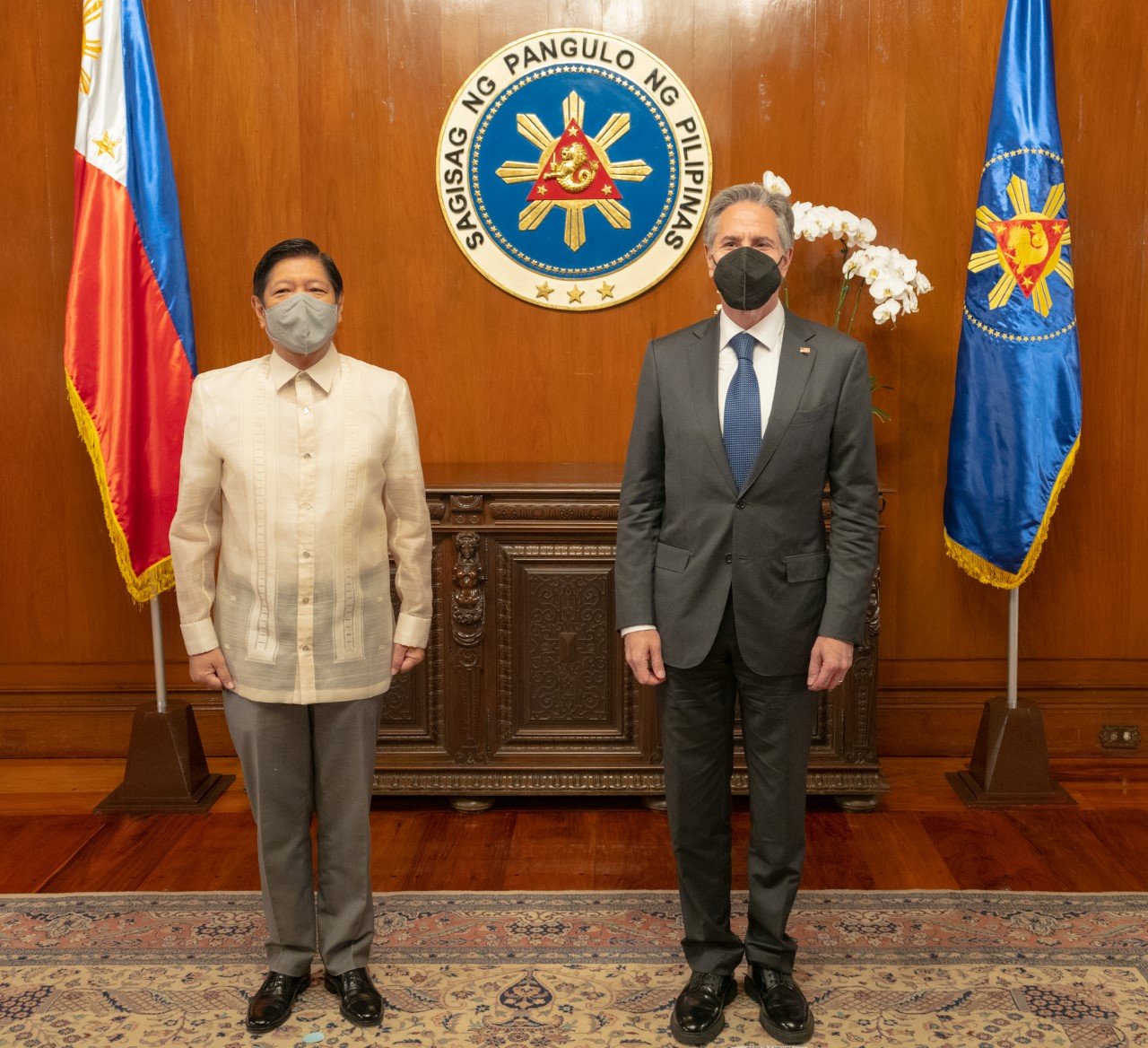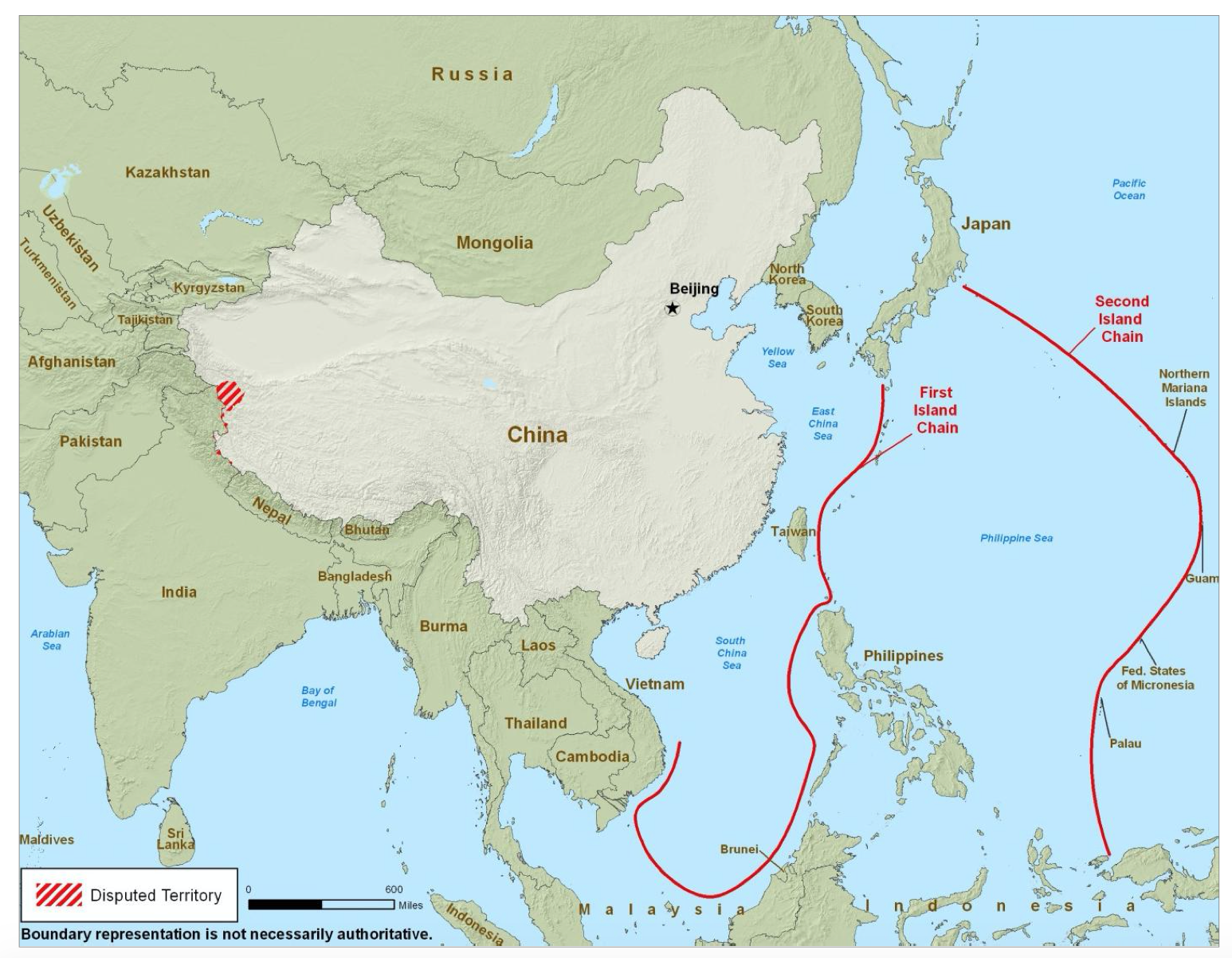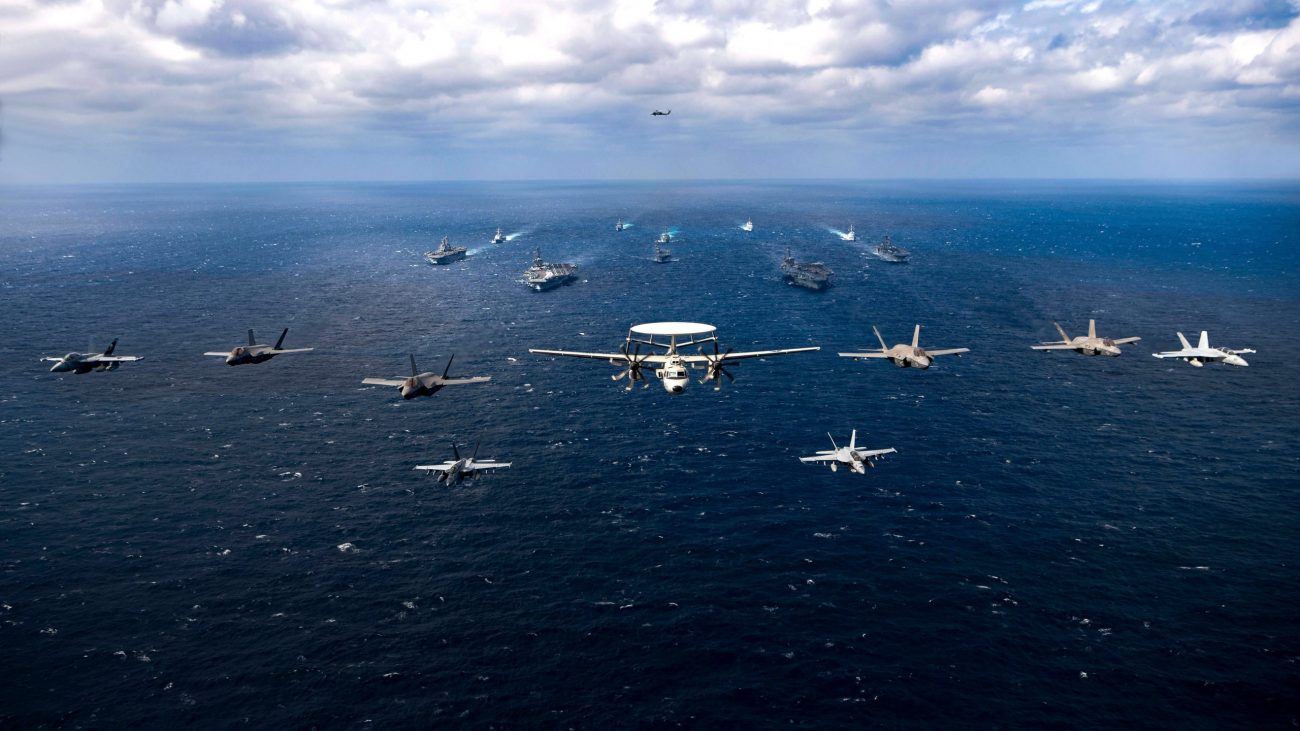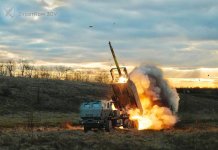In what could come as an unsettling announcement for China, the Philippines’ ambassador to the US has made comments which could pave the way for potential American-Filipino cooperation against Beijing.
The Philippine ambassador to the United States, Jose Manuel Romualdez, has stated that the South East Asian country would allow US forces to use its military installations in a conflict with Taiwan. However, the only caveat is that such permission will be granted if it is crucial for the security of the Philippines.
“Nobody wants to have any kind of war or confrontation,” Romualdez told Nikkei in a recent interview. “We want to ask both countries to lessen the tension by having more dialogue and then trying to resolve all of these issues because it’s in our part of the world,” he added.
According to Romualdez, former president Rodrigo Duterte had shown a willingness to allow American soldiers to use his nation as a staging ground in the event of a Taiwan conflict. However, there was no discussion on the same during his tenure.

This could change under President Ferdinand Romualdez Marcos if the diplomat’s comments are anything to go by. It is pertinent to mention that the Philippines has become more significant from a geopolitical perspective as the US military tries to distribute its forces along the so-called first island chain, which runs from Japan to Southeast Asia.
Romualdez claimed that Manila and Washington were negotiating to expand the number of Philippine military outposts that American forces could use. The US is permitted to keep a rotating military presence at five locations in the Philippines owing to the bilateral Enhanced Defense Cooperation Agreement signed in 2014.
“Our military and the military of the United States are all looking into the possible areas,” Romualdez said. Additional bases may include a naval base, he said.
The US Department of Defense fears that American forces in Asia lack sufficient logistic capabilities to refuel and rearm in a regional military confrontation. Using the Philippines military base would help the troops with a much-needed logistical footprint against the PLA.
Currently, the US bases its forces as a part of the Visiting Forces Agreement (VFA) on Philippine-controlled islands in the Scarborough Shoal.

It would also align with the US Marine Corp Force Design-2030 that envisages small, mobile US Marine Corps units spread out across the first island chain and on islands controlled by friendly nations in the East and South China Seas to undertake ‘long range fires’ on Chinese military and air assets.
Even though Manila has maintained a channel of communication and efforts at reconciliation with China, its cooperation with the West has only been growing. EurAsian Times reported that the P-8 Poseidon of the Royal Australian Air Force intercepted by J-16s flew over the South China Sea from Clarks Air Base in the Philippines.
US, Philippines Teaming Up Against China?
Romualdez’s statement comes almost a month after the US Secretary of State Antony Blinken reassured the Philippines that the US would defend the country if it came under attack in the South China Sea. At the time, Blinken declared that a defense agreement between the two partners was “ironclad.”
Since 2009, Beijing has attempted to bolster its claims in the South China Sea, and ties between China and the Philippines have steadily deteriorated consequently.
The Philippines can no longer construct oil and gas projects or engage in commercial fishing in the disputed areas, thanks to Beijing’s overarching claims on the entirety of the South China Sea. In November 2021, the Philippines’ Defense Minister accused China’s Coast Guard of harassment and intimidation.
While the Philippines has broadly adopted a neutral stance on Taiwan, there is scope for collaboration between Manila and Washington.
Besides strengthening its military relationship with the US and assuring support in the South China Sea, the Philippines is interested in the Taiwan Strait’s stability. A conflict over Taiwan would threaten the unhindered movement of goods by air and water around the Philippines.
At its most fundamental level, a Chinese invasion of Taiwan would have significant geographic repercussions for the Philippines. Just a few miles away from Japan’s closest island, the northernmost islands of the Philippines are located 190 kilometers from Taiwan. This might expose the Philippines to the effects of a humanitarian catastrophe, including refugee outflows.
According to the American think tank Center for Strategic and International Studies, one of the drill areas stretched into the Philippines’ exclusive economic zone when China conducted live-fire military maneuvers in early August.
Therefore, a conflict also has security repercussions for the Philippines. This is the bedrock of its willingness to help the US.
Mutual Defense And Offense?
Romualdez also stated that Manila and Washington are discussing extending the number of Philippine military outposts available to American forces.

The United States and the Republic of the Philippines are committed to one another by the Mutual Defense Treaty in 1951, which states that both nations would “defend themselves against external armed attack so that no potential aggressor could be under the illusion that either of them stands alone in the Pacific Area.”
The two states have a close military relationship. The Philippine Coast Guard (PCG) and the United States Coast Guard (USCG) have just concluded joint search and rescue exercises off Mariveles, Bataan.
The Philippines Air Force also participated in ‘Pitch Black’ drills hosted by Australia and the RIMPAC exercises hosted by the US. This is indicative of its military cooperation with the West.
However, a conflict where Manila becomes a launchpad for the US offensive would also draw it into a dispute with China even if the Filipino military does not commit any troops.
Miranda added, “If China were to use its entire naval branch in a theater-wide operation for annexing Taiwan, the Philippines is in grave danger as its waters will likely be infringed upon, or worse, crossed by Chinese vessels.
This is possible if the PLAN wants to exploit the San Bernardino Strait or the Surigao Strait and reach the Philippine Sea, where it can confront incoming US Navy and Marine Corps reinforcements.
“Let’s not forget the largest naval battle in history was fought in the Philippines–Leyte Gulf! So I can’t emphasize enough how intense the spectrum of risks Manila is facing right now when imagining a real war over Taiwan. Whether a Mutual Defense Treaty is in place or not, the Philippines faces a massive threat from Chinese aggression.”
That being said, the diplomat’s words are not written in stone. A few days after the change in guard in the Philippines, China’s Foreign Minister Wang Yi met the Philippine Foreign Secretary Luis Enrique Manalo to repair ties. The Philippines is a focal point in any potential confrontation between the US and China. It would be contingent upon the balance between the two powerful countries.
- Contact the author at sakshi.tiwari9555@gmail.com
- Follow EurAsian Times on Google News




